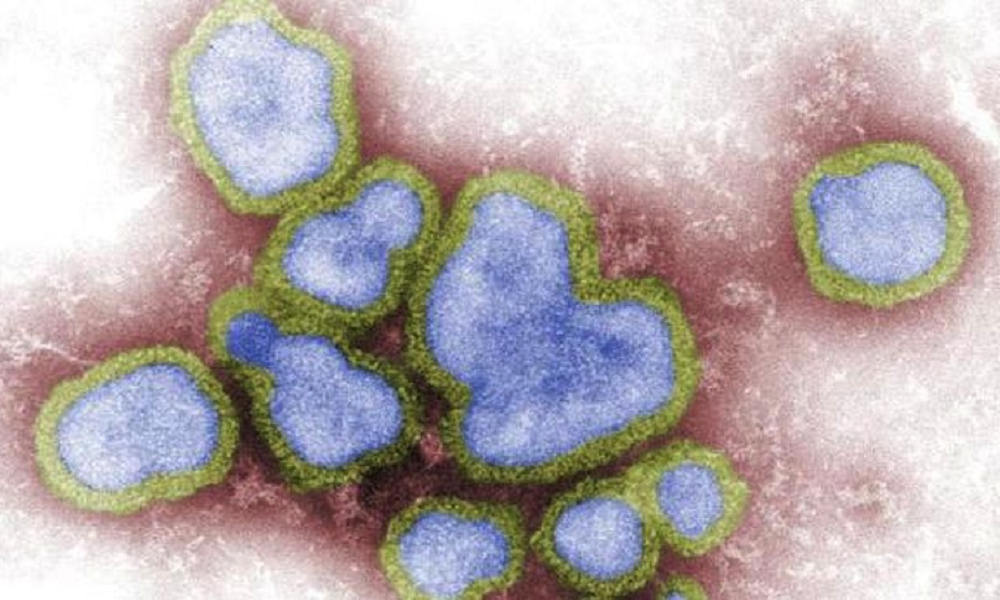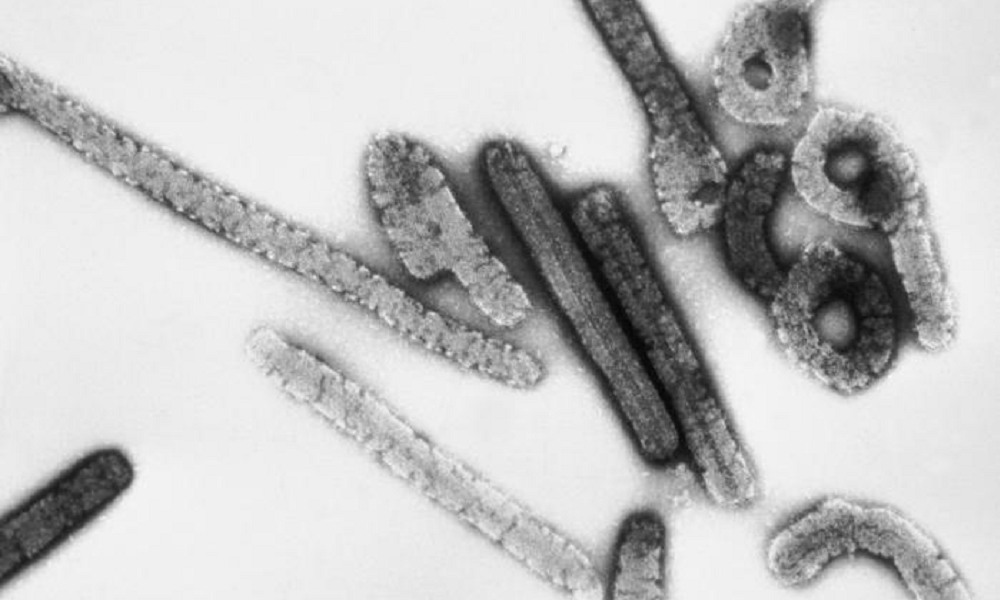Health
Mexico reports new human case of H5 bird flu

Mexico has reported a new human case of H5 avian influenza in a 23-year-old woman in Mexico City, according to health officials. The patient has since been released from the hospital.
The woman, who had no recent history of travel, began developing symptoms on September 14, according to the Pan American Health Organization (PAHO). She was later admitted to a hospital in the country’s capital.
Her illness began with respiratory symptoms, including a runny nose and cough, which progressed to fever, painful swallowing, and later hemoptysis (coughing up blood) and chest pain.
A sample collected on September 29 tested positive for unsubtypeable influenza A, and the presence of influenza A(H5) was confirmed by real-time RT-PCR the following day, PAHO said. She was treated with oseltamivir and discharged on October 11.
Health authorities said a dog lived at the woman’s residence, and several birds were present in the building’s courtyard, including a poultry bird and two pigeons. Bird droppings were also found in multiple areas, including a poorly sealed cistern that supplied water to all apartments in the building.
Samples collected from the animals tested positive for influenza A(H5), while environmental samples are still being analyzed.
Tests from 41 identified contacts of the patient were all negative for the virus, according to officials.
It remains unclear which H5 subtype caused the infection. Mexico’s first reported human case of avian influenza occurred in 2024 and involved the H5N2 strain, which led to the death of a 59-year-old man in the neighboring State of Mexico.
Earlier this year, the country reported its first H5N1 case, a 3-year-old girl from a rural area in northern Mexico who died after severe complications. Genetic analysis identified the strain as Genotype D1.1.
This genotype has also been detected in at least five human cases across North America, including the fatal case of a person in Louisiana in 2024, the first confirmed H5N1 death in the United States. It also caused severe illness in a teenager in Canada and in an adult in Wyoming in February.
LINK: A list of all human cases of H5N1 bird flu since 2021
The spread of H5N1 clade 2.3.4.4b and its multiple genotypes has raised concern among global health experts due to its wide geographic distribution and ability to infect both birds and mammals.
Since 2022, at least 92 human infections with this clade have been reported worldwide, most linked to contact with infected poultry or dairy cattle.

-

 Health3 days ago
Health3 days agoFrance confirms 2 MERS coronavirus cases in returning travelers
-

 Health5 days ago
Health5 days ago8 kittens die of H5N1 bird flu in the Netherlands
-

 US News1 week ago
US News1 week agoExplosion destroys home in Oakland, Maine; at least 1 injured
-

 Legal6 days ago
Legal6 days ago15 people shot, 4 killed, at birthday party in Stockton, California
-

 US News5 days ago
US News5 days agoFire breaks out at Raleigh Convention Center in North Carolina
-

 Entertainment3 days ago
Entertainment3 days agoJoey Valence & Brae criticize DHS over unauthorized use of their music
-

 Health1 week ago
Health1 week agoMarburg outbreak in Ethiopia rises to 12 cases and 8 deaths
-

 US News1 week ago
US News1 week agoEarthquakes rattle area between Salinas and Hollister, California




